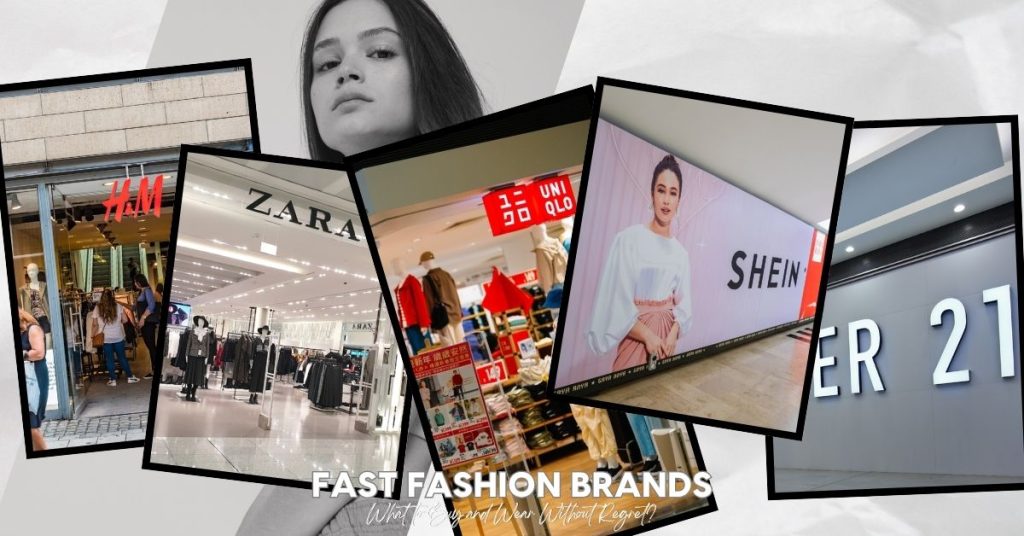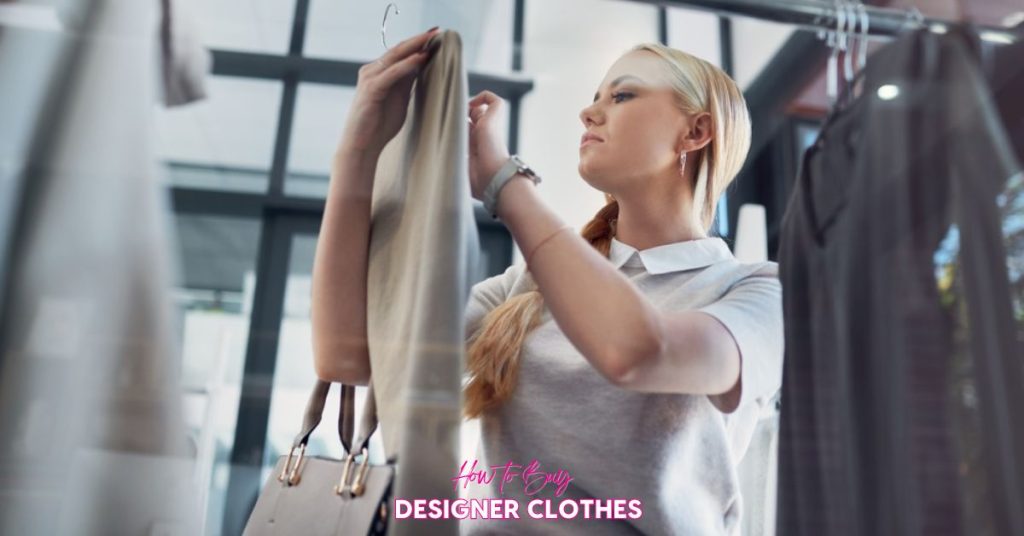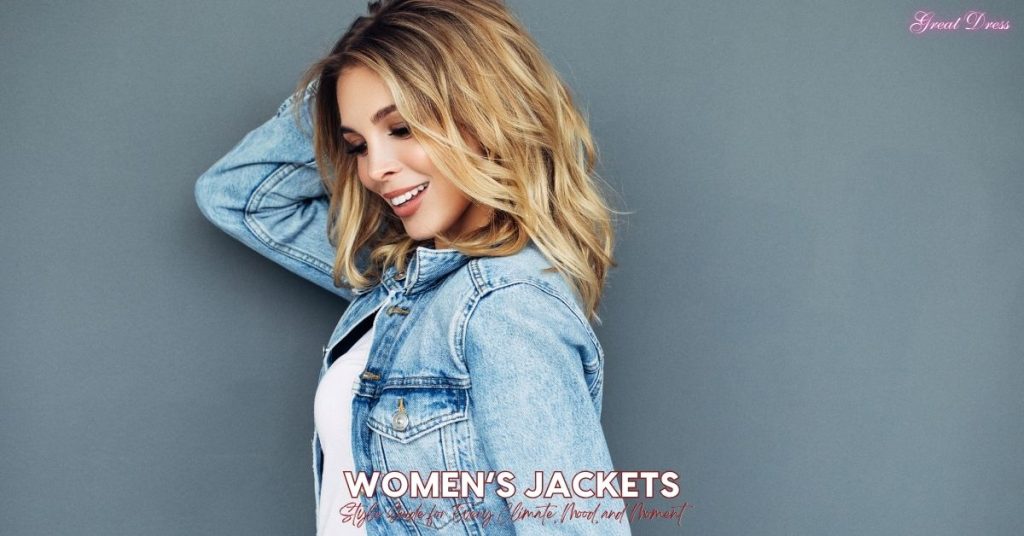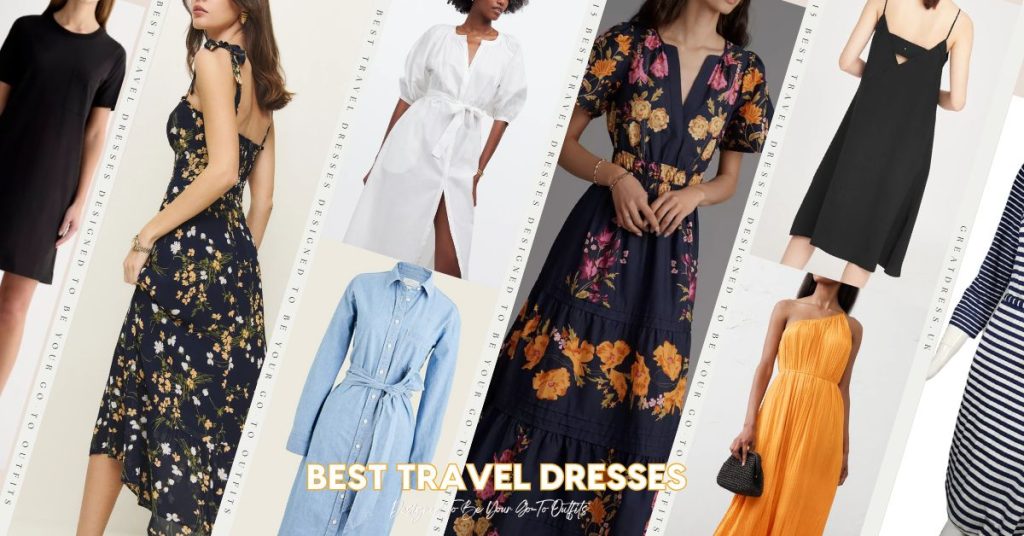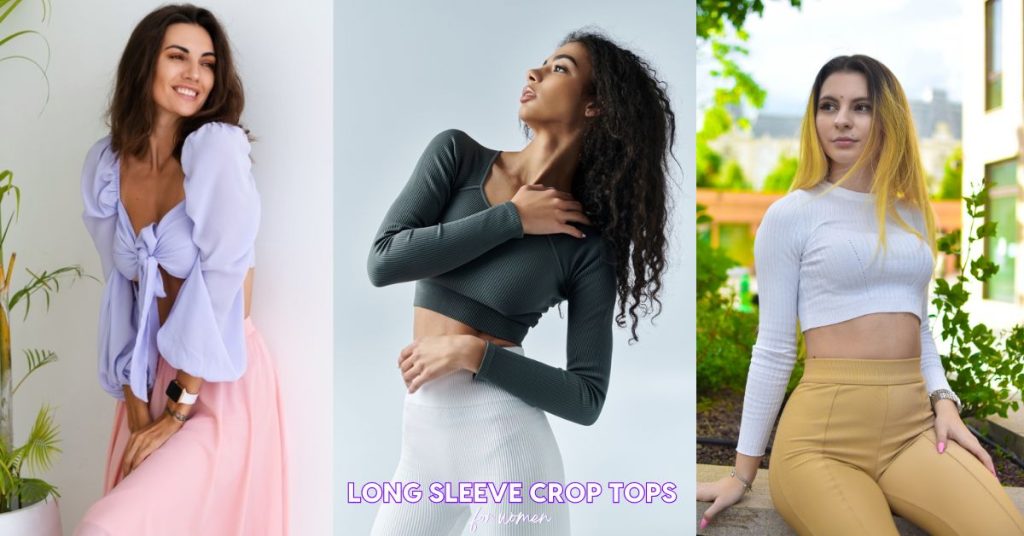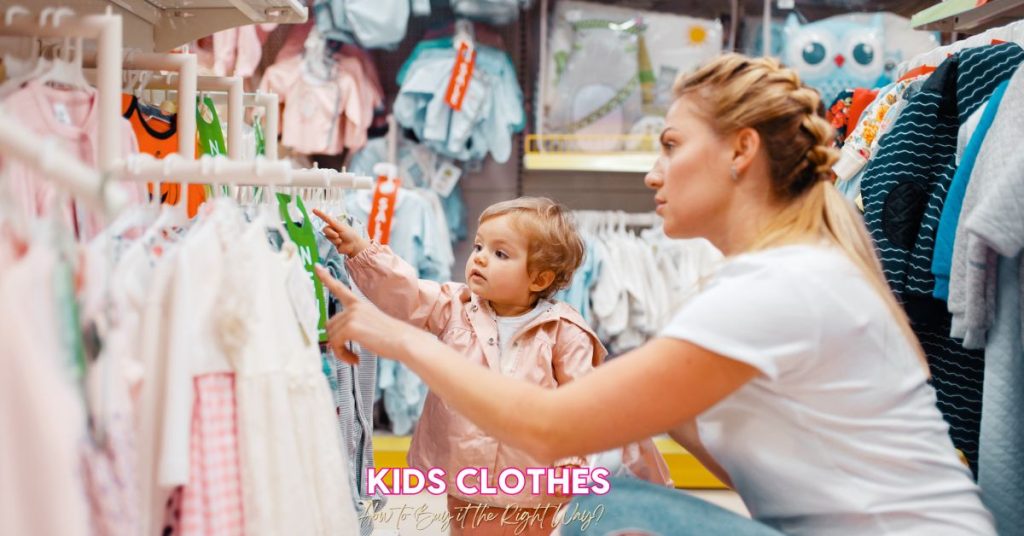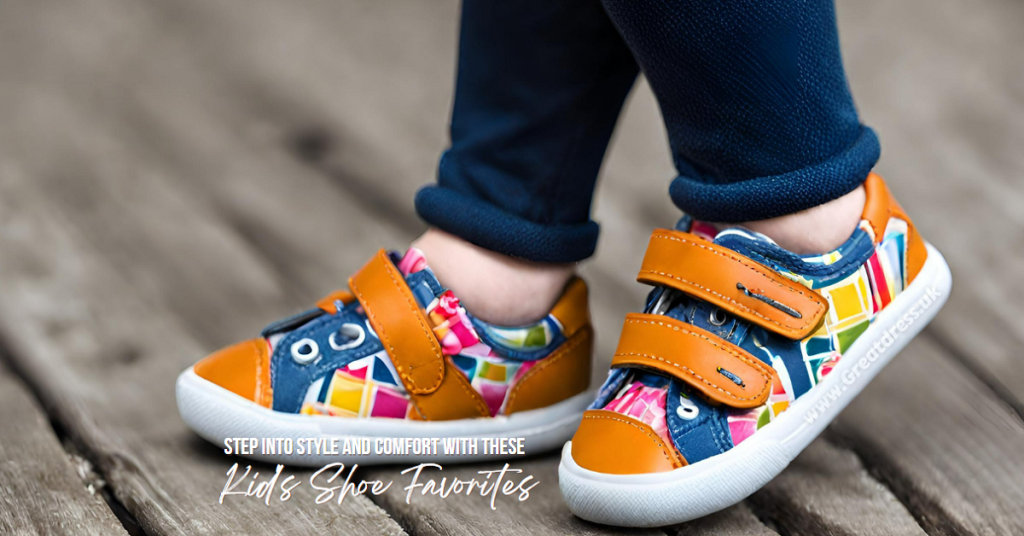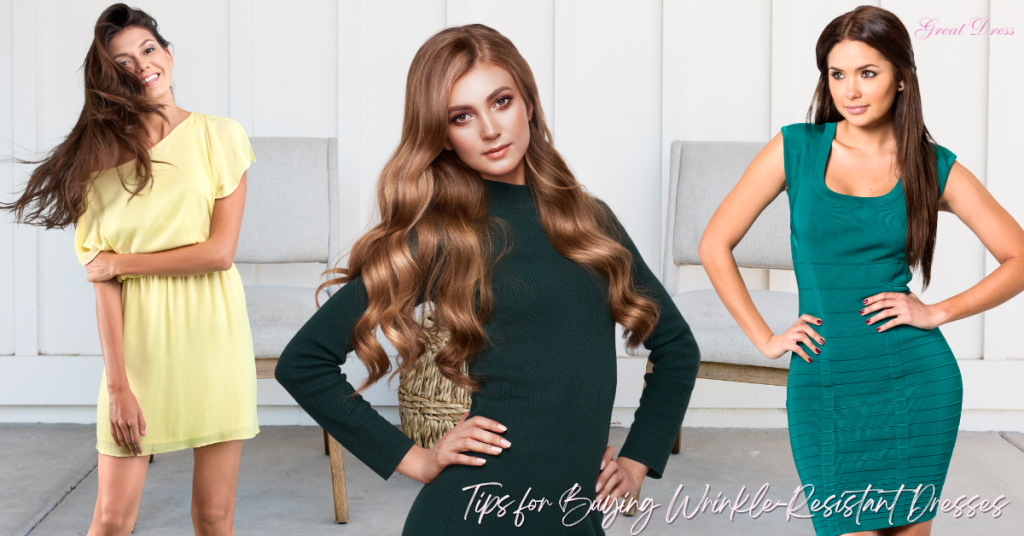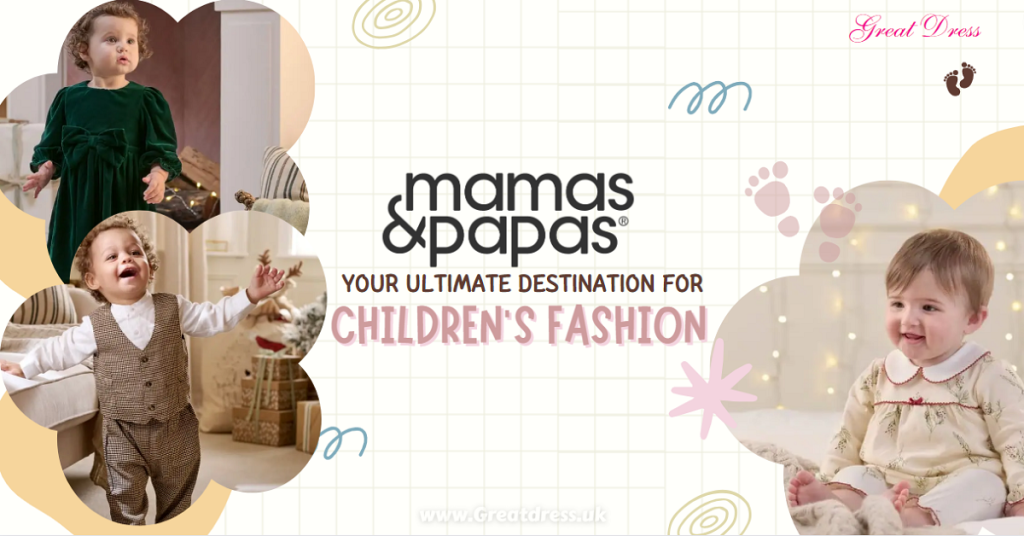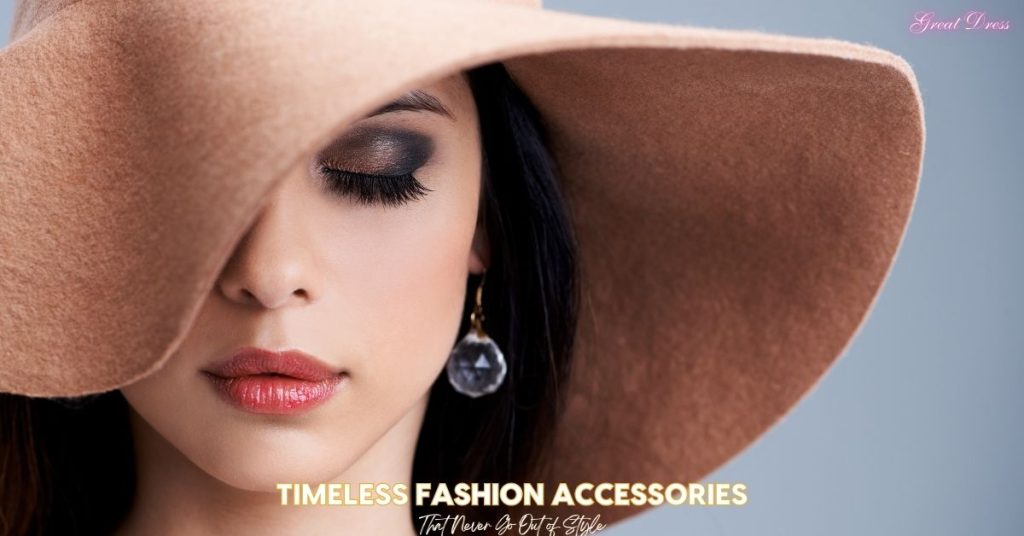How to Find the Best Fast Fashion Brands to Buy and Wear Without Regret
Fast fashion makes today’s trends cheap and instant—one scroll and you can outfit yourself for a night out, a vacation, or just the mood of the week. That convenience is huge: it opens fashion to more people, fuels experimentation, and helps you refresh a look without breaking the bank. But that speed and low price come with real trade-offs—environmental, ethical, and practical—that mean some fast fashion purchases are smart buys while others aren’t. This article is a fully updated, source-driven (2024–2025) playbook to help you decide which fast fashion brands to buy and wear—and how to shop them so you get the best value, longest life, and the least harm. I’ve checked brand reports, industry rankings, NGO findings, and market data so you can trust the guidance. Expect practical, actionable steps, real-world examples, and clear rules you can use the next time you hit “buy.” Why You Should Care: The Big Facts Fast fashion’s footprint is large and measurable. Recent industry research makes three points crystal clear: A huge share of produced garments is discarded or incinerated soon after production—fast fashion accelerates that cycle and increases waste. According to McKinsey’s 2025 analysis, for every five garments produced, roughly three end up in a landfill or are incinerated. Transparency across major brands is still limited. Fashion Revolution’s industry work (Fashion Transparency Index and related reporting) shows many large brands do not fully disclose their supply chains or climate plans—information that matters for assessing how “responsible” a fast fashion name truly is. Fast fashion leaders (Inditex/Zara, H&M Group, etc.) publish sustainability roadmaps and progress reports—but targets and impact metrics vary and need close reading to know what’s real progress and what’s marketing. See H&M Group’s 2024 Annual & Sustainability Report and Inditex’s 2024 Sustainability Report for the latest commitments. These facts don’t mean you must stop buying fast fashion overnight—they mean you should shop with better criteria. The rest of this article gives you those criteria, brand-specific notes, case studies, and a step-by-step shopping system. How I Define “Best Fast Fashion Brands to Buy and Wear” Within the fast fashion category, “best” means brands that—on balance—deliver one or more of these qualities for most shoppers: acceptable durability for price (so cost-per-wear is reasonable), transparent or improving sustainability/practice disclosures, consistent fit and sizing (reducing returns and waste), accessible repair/resale options or take-back programs, and predictable value for their price (i.e., reasonable materials for the tag). Note: “Best” in fast fashion is relative—these brands are not equivalent to premium or slow-fashion houses. They simply outperform peers given the fast-fashion model. Practical Ranking: Fast Fashion Brands (Better → Worse for Smart Buyers) Below I list commonly available fast fashion brands and provide practical notes on when they can be good buys, what to avoid, and evidence of improvement or concern (2024–2025 sources cited where relevant). Quick reference table — fast, at-a-glance Brand Best for (when chosen carefully) Major pros (2024–25 evidence) Major cons Uniqlo Everyday basics, functional layers Known for decent materials and predictable sizing; more durable basics than typical fast fashion. (consumer reports & brand positioning) Not immune to synthetic blends; some items still low-cost construction Zara (Inditex) Trend items + occasional higher-quality pieces Inditex publishes aggressive circular/cotton/polyester targets & annual sustainability report (2024). Zara’s trend speed increases overproduction risk; quality varies by item H&M Group Basics and low-cost seasonal pieces; Conscious line for better materials H&M Group releases a detailed Annual & Sustainability Report 2024 with targets. Historied greenwashing critiques; transparency still uneven industry-wide Primark Ultra-budget basics Extremely low price; strong physical retail footprint in certain regions Minimal online presence; fabrics often very low weight and durability Shein / ultra-fast retailers Cheap trend experimentation (one-off events) Unmatched breadth & price; fast sampling of trends Significant ethical & environmental concerns; quality inconsistent Boohoo / PrettyLittleThing / Fashion Nova Social media trends & night-out looks Fastest trend cycle, influencer-driven Known issues with quality, ethics; take with caution (Notes above draw on a range of industry sources and brand reports summarized earlier.) How to Shop Fast Fashion Like an Expert — Step-by-Step Use this checklist every time you buy from a fast fashion brand to increase your odds of getting a piece that’s worth your money, time, and conscience. Think of this as your “quality radar” — once you practice it a few times, it becomes second nature. 1. Decide Purpose First Before you even click add to cart, ask yourself a simple question:Is this a trend item or a staple? Trend items — pieces you’ll wear fewer than 10 times, like statement tops, seasonal prints, or party dresses. Go cheap here, but only if you truly love the style. Staples — everyday essentials like jeans, coats, plain tees, or black trousers. These should last 50–200 wears, so spend slightly more even within fast fashion. Pro tip: Take a photo of your wardrobe before shopping. If the new piece doesn’t work with at least three existing outfits, it’s probably an impulse buy. 2. Check Fiber Content The fiber content tells you more about longevity than the price tag ever will. For basics, look for at least 50–70% natural fibers like cotton, linen, or viscose. For knitwear or outerwear, a blend with wool or acrylic can give warmth and structure, but avoid pieces that are 100% polyester—they pill faster and retain odor. For stretch pieces (leggings, bodycon dresses), 3–5% elastane/spandex is ideal. Anything higher often loses shape quicker. Quick check: Gently stretch the fabric and release it. If it doesn’t bounce back smoothly, it’s prone to sagging and distortion. 3. Read the Care Label (Yes, Always) The care label isn’t just washing instructions—it’s a warning label in disguise. If a piece says “dry clean only” but costs less than $30, it’s not worth the maintenance. “Hand wash cold” usually means delicate construction; if you’re not likely to follow that, skip it. Frequent tumble-drying instructions often mean faster fabric breakdown and color fading. Pro tip: Keep a mild detergent and mesh washing bag at home for your

